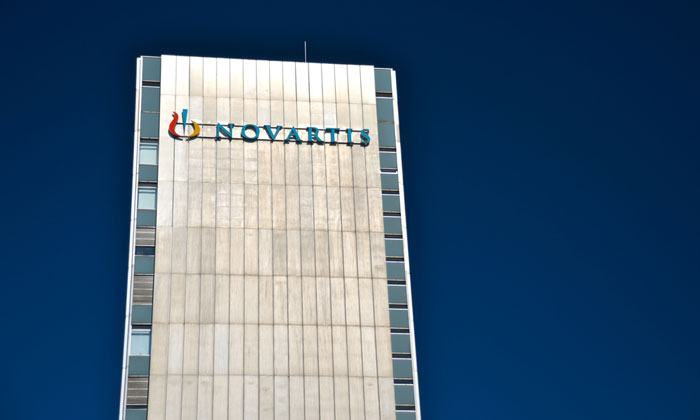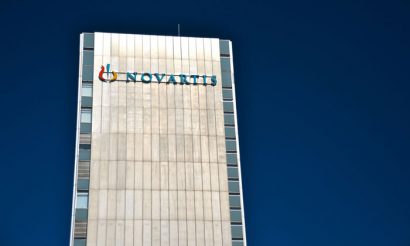NIH study shows Novartis drug eltrombopag improves responses in severe aplastic anemia
Posted: 20 April 2017 | | No comments yet
Novartis demonstrated that 58% of patients with treatment-naïve severe aplastic anemia (SAA) achieved complete response at six months when treated…


Novartis announced the publication of a study conducted by the National Heart, Lung, and Blood Institute (NHLBI) of the National Institutes of Health (NIH) demonstrating that 58% of patients with treatment-naïve severe aplastic anemia (SAA) achieved complete response at six months when treated with eltrombopag at the initiation of and concurrently with standard immunosuppressive treatment.

The study evaluated three sequential treatment groups, or cohorts. Cohort 3 added eltrombopag at the initiation of immunosuppressive therapy and showed a higher complete response rate than cohorts 1 and 2, where eltrombopag was initiated on day 14.
SAA is a rare and serious blood disorder in which a patient’s bone marrow fails to make enough red blood cells, white blood cells and platelets. As a result, people living with SAA may experience debilitating symptoms and complications, such as fatigue, trouble breathing, recurring infections and abnormal bruising or bleeding that can limit their daily activities. The current standard of care includes immunosuppressive therapy (IST) or hematopoietic stem cell transplantation. However, one-quarter to one-third of patients will not respond to IST and 30-40% of responders will relapse, causing symptoms to return.
“Our research in NEJM shows that eltrombopag plus standard immunosuppressive therapy appeared to increase the overall response rate and substantially increase the frequency, speed and robustness of hematologic recovery in patients with SAA compared to historical controls,” said the study’s lead author, Danielle Townsley, MD, researcher in the NHLBI.
Trial endpoints
In the NIH study, the primary efficacy endpoint of complete response rate with eltrombopag plus standard immunosuppressive treatment at six months exceeded the historic rate (10%) across all three treatment cohorts (cohorts differed in length of eltrombopag administration; dose adjusted by age).
Patients in cohort 1 received eltrombopag from day 14 to six months and achieved a complete response rate of 33%. The complete response was lowest in cohort 2 (26%), in which eltrombopag exposure was shortest (day 14 to three months).
Furthermore, overall increases in platelet and neutrophil blood level counts were higher in comparison to the historic cohort, which is a key treatment goal for SAA. The overall survival rate at a median follow-up of two years was 97% (95% CI, 94-100%) for all cohorts.
Vasant Narasimhan, Global Head, Drug Development and Chief Medical Officer, Novartis said, “Eltrombopag is the only thrombopoietin receptor agonist to be used in the second-line treatment of SAA, and these results from the NIH study now show its potential as a first-line treatment, which we look forward to discussing with health authorities.”
The study also looked at clonal evolution, which is a major complication of SAA (with potential for development of myelodysplastic syndrome and acute myeloid leukaemia). As of May 25, 2016, the addition of eltrombopag did not increase the rate of clonal evolution and was not higher compared to historical data. Clonal cytogenetic evolution occurred in 7 patients at 2 years (95% CI, 1-14%).
Safety and adverse effects
The safety profile was consistent with the known safety profile of eltrombopag. Eltrombopag was briefly discontinued during the first two weeks in 7 patients who experienced transient liver enzyme elevations.
Two severe adverse events, grade 2-3 cutaneous eruptions, were attributed to eltrombopag and required discontinuation of the drug. Adverse events not attributed to eltrombopag were due to neutropenic infections and known toxicities from immunosuppressive therapy. One death occurred on study in a non-responding patient with thymoma three months following treatment, due to paraneoplastic encephalopathy.




